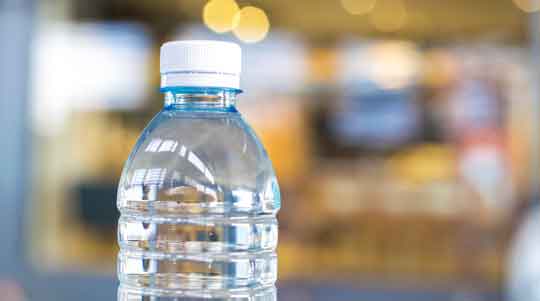As the temperature rises, so do the risks for heat-related injuries. Please read the important information below. The best defense to avoid over heating is prevention. Here are some prevention tips:
- Drink more fluids (nonalcoholic), regardless of your activity level. Do not drink caffeine or alcohol. They increase blood flow to the skin and increase your risk of dehydration.
- Don’t wait until you’re thirsty to drink. (Warning: If your doctor generally limits the amount of fluid you drink or has you on water pills, ask him how much you should drink while the weather is hot).
- Avoid very cold drinks, because they can cause stomach cramps.
Be aware of the symptoms of heat-related illnesses and the warning signs of dehydration.
- Practice heat safety measures when you are physically active in hot weather. This is especially important for outdoor workers and military personnel. Avoid strenuous activity in hot, humid weather or during the hottest part of the day (between 10 a.m. and 4 p.m.). Use caution during your physical activity in the heat if you have health risks. Fluids such as rehydration drinks, juices, or water help replace lost fluids, especially if you sweat a lot.
- Drink on schedule. Two hours before exercising, drink 24 fl. (750 mL) of fluid. Drink 16 oz. (500 mL) of fluid 15 minutes before exercising. Continue drinking 8 oz. (250 mL) of fluid every 15 minutes while exercising.
- Drink rehydration drinks, which are absorbed as quickly as water but replaces sugar, sodium, and other nutrients. Eat fruits and vegetables to replace nutrients.
- Do not spend much time in the sun. If possible, exercise or work outside during the cooler times of the day.
- If you have to stand for any length of time in a hot environment, flex your leg muscles often while standing. This prevents blood from pooling in your lower legs, which can lead to fainting.
Staying physically fit can help you acclimate to a hot environment. Before you travel to or work in a hotter environment, use gradual physical conditioning. This takes about 8 to 14 days for adults. Gradually increase your activities after your body adjusts to the heat and level of activity.
Be aware that when the outdoor humidity is greater than 75%, the body’s ability to lose heat by sweating is decreased. Other ways of keeping cool need to be used.
People who have had heatstroke in the past may be more sensitive to the effects of heat in the first few months following the illness, but they do not have long-term problems. Be smart about the hot weather, folks. Don’t risk your good health by trying to convince you can tough it out.
*As with any health regimen, please consult with a professional physician before making changes to your diet and workout routine.

